Discover the power of Janitor AI on Reddit Management
Today on this forum in the AI age we try to understand legal implications and other aspects with you on the topic "Janitor AI on Reddit". Although Janitor AI has started to be used on the Reddit platform so let's talk about its uses and limitations- The same conversation is happening and as a result everyone is trying to know in detail about the topic of "Janitor AI on Reddit".
In this article we want to discuss and dialogue with you about NSFW Content must be tagged, Community standards, Reverse Proxy, Be respectful to others, No advertising, spam or self-promotion, Social media, You must be over the age of 18. Currently there are many AI and social platforms but among them Reddit and Janitor AI have become very popular. Without delay I begin the discussion of the legal factors contributing to their rise in popularity.
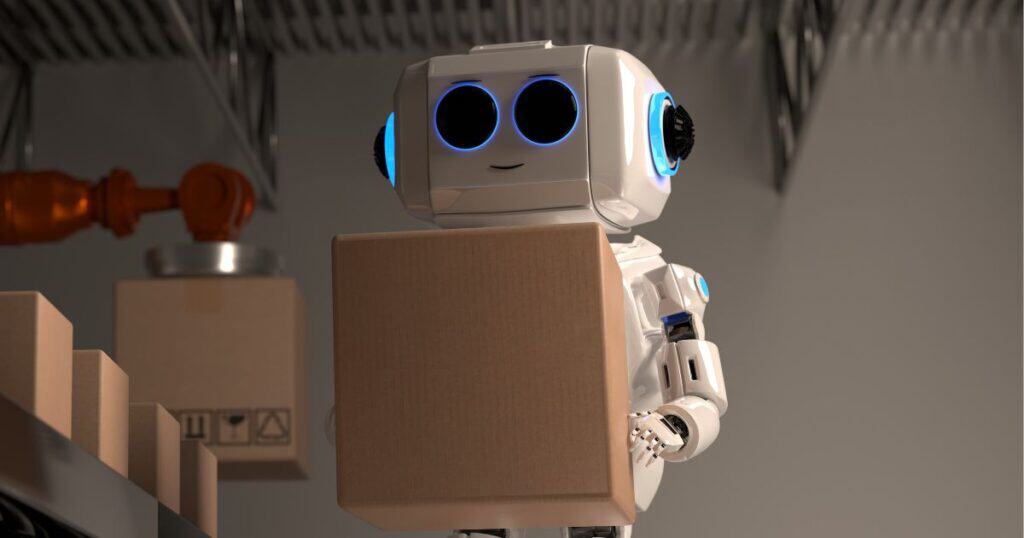

I have discussed with you NSFW Content must be tagged, Community standards, Reverse Proxy, Be respectful to others, No advertising, spam or self-promotion, Social media, You must be over the age of 18 above mentioned "Jenitor AI on Reddit" topic related chapters. I believe it will add to the community and be useful to you about the topic. Janitor AI and Reddit have strengthened their internal systems by carefully managing technology to provide the best experience for their users. Even if a person under the age of 18 uses, identifying such a minor prevents him or her from using. And also indirectly inhibits the consumption of energy.
I want to let my readers know that if you or your acquaintances need detailed information or solution related to the subject, you can contact us without any hesitation or insecurity, we will be happy to assist you.
“Join the debate! Reddit, a platform for both seasoned Redditor and curious newcomer, recognizes the importance of providing valuable insights to enhance community cleanliness and productivity
Janitor AI vs. Open AI today I when thinking of the word AI, the concept of open AI versus revolutionary generative AI comes to mind. ChatGPT is also a much talked about concept in the world of AI. Janitor AI and Open AI are popular inventions in the world of artificial intelligence. Janitor AI and Open AI have different features, and Janitor AI and OpenAI have different uses. Are you aware from what is Janitor ai?
Both Janitor AI and Open AI have different meanings. The invention of artificial intelligence has brought about a radical change in the way every human being lives and works. In today's article I would like to discuss with you the topic of Janitor AI VS Open AI. I would like to draw your attention to the legal aspects of Janitor AI VS Open AI.
If you need detailed information about the legal aspects of Janitor AI then you can contact us. And can increase your legal understanding and awareness of Janitor AI and Open AI. Let's start the topic discussion with you. I hope this article will be useful and helpful to you.
" Also Read-https://askbylaw.com/Catagory/what-is-an-ai-trade-secrets/"
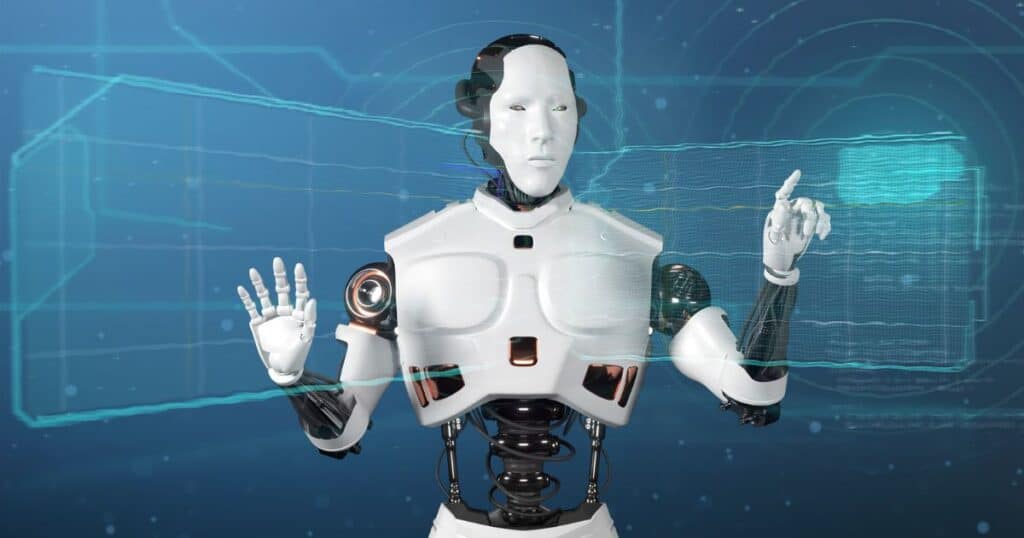
Also Read- https://askbylaw.com/Catagory/what-is-an-ai-law-a-1/
| FEATURES | JANITOR AI | OPEN AI |
| Legal Knowledge base | Legal awareness, accessibility and IP support | General-Purpose artificial intelligence and research with development |
| Legal Services | Legal research assistance and contract review guidance and IP registration support, Legal education modules. | Not exclusive design for legal Services need |
| Cost | Freemium model with basic features and paid plans for additional functionalities | Free version for limited futures and Pay-as-you go pricing based on usage |
| Data Security | Focus on data privacy and security | Adheres to general data security and practices |
| Targeted Audience | Individual, Small businesses, Eucational institutes and professionals | Researcher and developers, businesses for various application |
| Tailored for legal needs | Janitor Ai excels in providing legal information and resources. Its knowledge base is specifically designed for legal concepts, making it easier to navigate complex legal topic. | -OpenAI is a much broader AI Platform offering capabilities beyond the legal domain. it can be use various task like creative writing, code generation, and also scientific research. -OpenAI provide a wider range of advanced featured like text-to-code generation and large language models, appealing to developers and researchers. -OpenAi allows for more customisation in terms of model selection and programing application |

| Janitor AI | Open AI | |
| Data Privacy and Security | Data Collection and Use: Janitor AI collects user data for Service improvement, Personalisation, and analytics, Its important to review their privacy policy to understand what data is collected and how it use. User consent: They must ensure that users are informed and consent to data collection especially sensitive data in compliance with GDPR or CCPA if applicable. Data Security: The company can implement robust security measures to protect user data from branches and authorised access | Data Collection and Use: OpenAI collects user data to enhance its models and services. Their privacy policy outlines the types of data collection and its usage. User consent: OpenAI is committed to obtaining user consent for data collection, adhering to GDPR and other policy laws. Data Security: OpenAI employs advanced security protocols to safeguard user data, focusing on preventing data branches and unauthorised access. |
| Intellectual Property (IP) | User-Generated Content: Janitor Ai must clarify ownership rights over user-generated content and IP rights the company may claim. Third-party Content: Ensure that any third-party content used within the platform complies with licencing agreements and IP law. | Model Output: OpenAI’s policies address the ownership of content generated by its AI models, stating that users generally own the outputs they generate. Licencing: OpenAI adheres to strict licencing agreements for the use within the platform complies with licencing agreements and IP laws. |
| Liability and Compliance | Legal Liabilities: Janitor AI should outline the extent of its liability for errors, data loss, and misuse of the services in its terms of service. Regulatory compliances: Must comply with relevant regulations, sch as GDPR for data protection, and industry-specific laws if applicable. | Legal Liabilities: OpenAI provided detailed terms of service that limit its liability and specify the conditions under which the service is provided. Regulatory compliances: OpenAI adheres to global regulation including GDPR and CCPA. Ensuring compliance with data protection and privacy laws. |
| Ethical Considerations | AI Ethics: Janitor AI should implement ethical guidelines for AI use focusing on preventing bias, discrimination and misuse. Transparency: Ensure transparency in AI decision-Making processes and provide users with explanation of how the AI operates. | AI Ethics: OpenAi is committed to ethical AI development actively researching and addressing issues of bias, discrimination and misuse. Transparency: OpenAI promotes transparency in its operations and AI models providing extensive documentation and research findings to the public. |
| User Rights and Access | Right to access and delete data: Users should have the right to access their data and request to dilatation in accordance with privacy of law. Transparency: Clear communication about users rights and how to exercise them is crucial. | Right to access and delete data: OpenAI respects users rights to access and delete personal data providing clear procedures for such requests. Transparency: OpenAI ensures users are informed about their rights and the process to manage their rights |

Modern technologies are actively used in healthcare facilities in order to provide high hygiene standards and operational efficiency. Janitor AI, an artificial intelligence system for healthcare sanitation, represents the next generation of cleaning technology.
Machine learning algorithms allow assessing the level of cleanliness; making predictions about when equipment needs to be maintained or replaced, learn from the accumulated data, etc.
The Janitorial AI system ensures compliance with hygiene standards, as well as increases patient safety and satisfaction. Janitor AI is used by leading healthcare organizations and cleaning service providers.
The Janitorial AI solution allows you to confidently trust your patient and operational data to us Janitor AI clean-rooms without storing personal patient information and works with your infrastructure.
Thus providing operational efficiency and safety without violating HIPAA
Tomorrow's artificial intelligence will come fast. Janitor AI and OpenAI are paving the way, but in different ways. OpenAI continues to raise the bar with very practical models like GPT-4, versatile, deep and powerful for a wide spectrum of deep learning and applications.
Janitor AI, on the other hand, is your one-stop shop specializing in powerful yet practical and less expensive AI. A special one. Custom made. Industry requirements. Companies leveraging Janitor AI are looking for automation tools that fit their core activities and save time and money without the need to invest in more generic and expensive AI platforms.
Over time, the combination of both AI forces could prove very powerful at the enterprise level. On the one hand, high-level innovation with Open AI and on the other, applied innovation with Janitor AI that adds value through its practical models. A mutual benefit that raises the threshold of convenience and security of AI implementation. This should make digital transformation easier and more sustainable for any business anywhere.
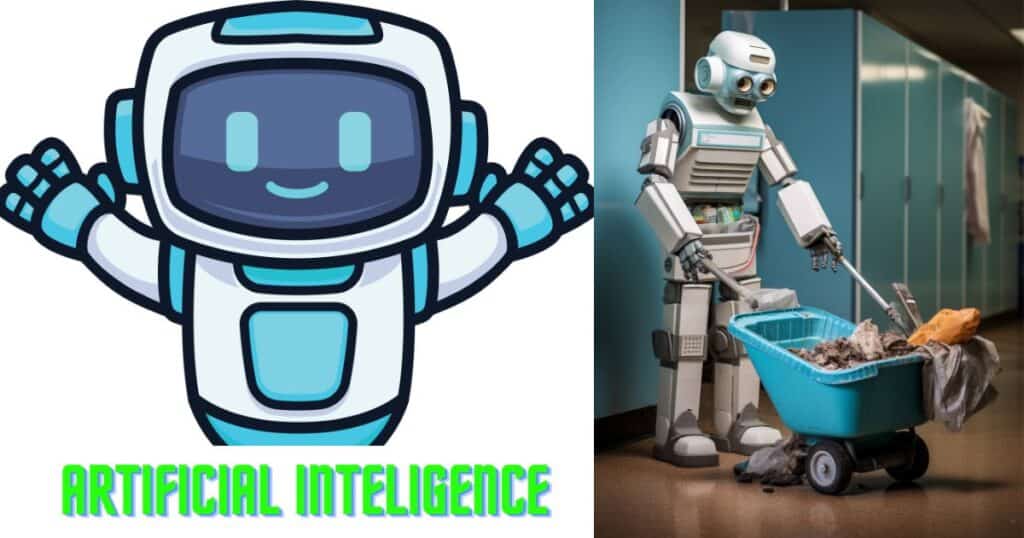
We discuss with you and go through final concusion at the topic "Janitor AI vs. Open AI" Today i discussed with you on the topic of (Janitor AI vs. Open AI) Janitor AI, a platform using Open AI LLM (Large Language Model) technology, automates janitorial tasks using its NLP (Natural Language Processing Expertise) on Reddit.
Despite potential bugs, the platform offers a free solution for exploring AI-generated content, despite occasional poetic or "horny" characters. See again. Open AI with its established presence offers a malleable experience with AI models like GPT-3.5. Its services are accessible through credits and a free $5 credit for new users, and it introduces "Janitor AI" for factual accuracy.
Remember. (Janitor AI vs. Open AI) offers a free option for AI enthusiasts seeking a nuanced experience, making it a solid choice for those seeking a more comprehensive Artificial Intelligence solution.
If you burning desire to have a detailed discussion on the legal issues of (Janitor AI vs. Open AI) then send us your comments in the comment box of this article and we will be happy to discuss with you, drop comment and update yourself today.
AI trade secrets are a hotly debated topic and can also be called a solution to an emerging need. By checking the SWOT analysis and cost-benefit ratio of AI, it can be known that, shortly, we will understand the performance, future, uses, and limitations of this artificial intelligence (AI) and its commercial use in business. It can be said that the rate of progress will increase. Computer science has made unlimited inventions. It is necessary to evaluate, from a legal point of view, whether this invention of AI will help every small business grow. Connect with us to understand more about AI trade secrets.
- Information must have commercial value to qualify as a trade secret. Because it is kept secret, and this means that the information provides the holder with a competitive advantage.
Trade secrets should be known only to a limited group of people, keeping business information confidential ensures that competitors cannot Gain access to it.
The rightful holder of information should take reasonable steps to maintain confidentiality, such measures may include the use of confidentiality agreements with business partners and employees.
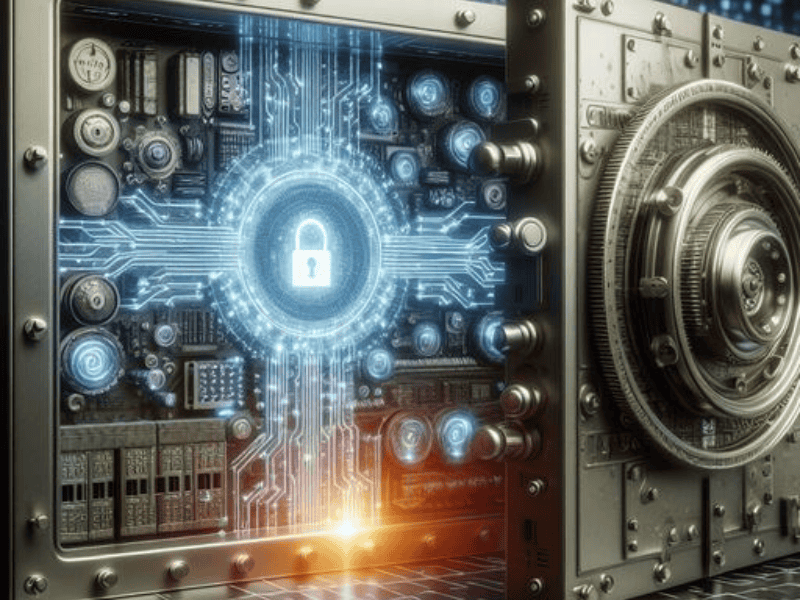
Recently, artificial intelligence systems span various domains, revolutionizing how we approach tasks previously handled by humans. From artistic endeavors to financial transactions, the impact of AI is undeniable. However, this technological leap forward also raises concerns. How can we ensure that artificial intelligence works diligently and safely?
The European Union's Artificial Intelligence Act (AIA) aims to address these challenges by emphasizing human-centric, trustworthy, and ethical AI systems for European markets. In today's article, we have tried to do a thorough analysis of AI with you.
In today's article, we explore the delicate balance between disclosure obligations and trade secret protection in the context of AI. While the technical details of artificial intelligence (AI) often contain information not verified for trade secret protection, exceptions to artificial intelligence also exist. We are navigating together the access and privacy of the AI trade secret through this article, and we explore the tension between protecting critical AI insights and trade secrets. Feel free to take the initiative by commenting on the article or let us know if you want to engage more deeply. Do you know what the future of AI is?
Let’s delve into the world of trade secrets and their significance in the realm of intellectual property.
A trade secret is a form of intellectual property (IP) that revolves around confidential information. Unlike other registered IP rights, trade secrets are not publicly disclosed. Instead, their owners safeguard this valuable information from competitors by implementing special procedures and both technological and legal security measures.
For information to qualify as a trade secret, it must meet the following criteria:
The information is valuable because it is secret.
Only a restricted group of individuals knows about it.
The rightful holder takes reasonable steps to keep it confidential, including using confidentiality agreements with business partners and employees.
In the previous paragraph, we tried to find out what AI trade secret?. Now let us try to know about trade Secret versus other intellectual property Let’s compare trade secrets with forms of IP:
Patents protect inventions and grant exclusive rights for a specified period. However, patents require full disclosure, whereas trade secrets remain undisclosed.
Copyrights safeguard creative works (e.g., literature, music software). Unlike trade secrets, copyrights are publicly registered.
Trademarks protect brand names, logos, and symbols. They are publicly registered, whereas trade secrets remain confidential.
Trade secrets encompass confidential information (e.g., formulas, know-how) that provides a competitive edge. They are not recorded with authorities but are crucial components of IP portfolios.
In the field of artificial intelligence (AI) @ Machine learning, trade secrets play a pivotal role. Companies often guard their proprietary algorithms, training methodologies, and unique data processing techniques as trade secrets.
By doing so, they maintain a competitive advantage without revealing their inner workings to the public. These undisclosed AI trade secrets contribute significantly to innovation and technological advancements.
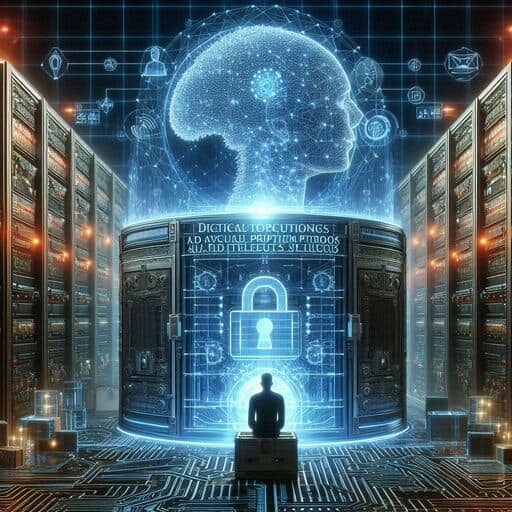
In the previous first paragraph, we tried to know what is an AI trade secret? And in the second paragraph, we tried to learn about the sense of AI trading secrets. Now in the third paragraph, let us explore the fascinating world of AI trade secrets and how they can be effectively protected.
AI-generated information and related components can indeed qualify as trade secrets. Here’s what can be protected:
The intricate sets of rules or instructions that AI systems use for data analysis or problem-solving can be safeguarded as trade secrets1. These algorithms often form the backbone of AI applications.
The data used to train AI models, whether supervised or unsupervised, can be considered a trade secret. These datasets are valuable and unique to each organization.
Aggregated data, patterns, and compilations used in AI processes can also fall under trade secret protection.
Proprietary code that powers AI systems can be kept confidential as a trade secret.
Identifying valuable AI trade secrets involves considering the following factors:
Trade secrets must have independent economic value due to their confidentiality. If the information provides a competitive edge, it meets this criterion.
The information must remain undisclosed and not be generally known or readily ascertainable. AI-generated content that only the AI system knows qualifies.

Let’s delve into the importance of protecting machine learning/Artificial Intelligence AI trade secrets and explore the legal framework, strategies, and enforcement aspects.
Trade secrets play a crucial role in safeguarding AI innovations. Here’s why:
AI trade secrets provide a competitive edge. By keeping algorithms, training data, and unique methodologies confidential, companies maintain an advantage over rivals.
Unlike patents, which involve public disclosure and formal registration, trade secrets are cost-effective. No government agency needs to approve or grant protection
Trade secrets can last indefinitely as long as they remain undisclosed and valuable. Patents, on the other hand, have limited terms.
Trade secrets allow creators to protect a wide range of AI-related information, from algorithms to data sets, without adhering to rigid patent requirements.
To effectively protect AI trade secrets, consider these strategies:
Limit access to sensitive AI information. Only authorized personnel should handle AI trade secrets.
Use non-disclosure agreements (NDAs) with employees, contractors, and collaborators. These agreements legally bind the parties to maintain secrecy.
Employ robust security protocols to prevent unauthorized access or leaks.
Secure physical locations where AI trade secrets are stored.
Educate and well-train your staff about the importance of confidentiality and their role in protecting trade secrets.
When breaches occur:
Promptly investigate any suspected breaches.
If necessary, pursue legal action against violators. Remedies may include injunctions, damages, or restitution.
Understand that trade secret laws vary globally. Seek legal advice tailored to the relevant jurisdiction.
Maintain records of trade secret protection efforts. This documentation strengthens legal claims in the case of legal disputes.

Let’s delve into the fascinating intersection of AI trade secrets and the challenges they pose.
Generative AI platforms, including large language models, have revolutionized content generation by analyzing data and producing original work based on training data and user prompts. However, these tools also present a unique threat to a company’s trade secrets. Here’s why:
Employees using generative AI applications might inadvertently input sensitive information, including trade secrets. Once captured, this information becomes part of the AI model and could compromise trade secret protection.
Under the Defend Trade Secrets Act (DTSA) and similar state statutes, trade secret owners must take “reasonable measures to keep such information secret.” These measures are essential for maintaining a company’s competitive edge and distinctiveness in the market.
To safeguard trade secrets while benefiting from generative AI, consider the following protective measures:
Encrypt sensitive data used in AI applications and restrict access to authorized personnel.
Implement AI-driven tools to detect potential trade secret leaks within generative AI systems.
Educate and Well-trained employees about the risks associated with AI tools and emphasize the importance of safeguarding trade secrets.
Leverage blockchain to ensure data integrity and prevent unauthorized modifications.
Understand international regulations and collaborate with legal experts to navigate cross-border challenges.
While prohibiting generative AI use is one solution, companies can strike a balance by adopting protective measures. By doing so, they can harness the power of AI while safeguarding their valuable trade secrets
| ASPECT | TRADE SECRET | ARTIFICIAL INTELLIGENCE (AI) |
| Definition | Information that is not generally known or reasonably ascertainable gives a business an economic advantage over competitors who do not know or use it. | Used to analyze large data sets, improve decision-making, automate tasks, and enhance product personalization. |
| Protection | Protected through confidentiality agreements, non-disclosure agreements, and secure business practices. Not registered with any governmental body. | AI models and algorithms can be protected under copyright law, but the data and insights they generate can sometimes be trade secrets. |
| Key concern | Keep the information secret, preventing unauthorized access and disclosure | Ensuring ethical use, avoiding bias, maintaining transparency, and understanding of decision-making processes. |
| Usage in Business | Used to maintain competitive advantages, enhance productivity, and safeguard proprietary methods or formulas. | Used to analyze large data sets, improve decision-making, automate tasks, and enhance product personalization. |
| Legal Framework | Governed by specific laws such as the Defend Trade Secrets Act (DTSA) in the U.S. Or the EU Trade Secrets Directive in Europe. | Subject to general intellectual property laws, data protection regulations, and emerging specific AI regulations. |
| Challenges | Risk of theft or accidental disclosure; maintaining secrecy can limit collaboration. | It requires significant data input, can be expensive to develop, and raises issues of privacy & control over AI decisions. |
| Value | The value lies in the exclusivity and confidentiality of the information. | The value lies in the capability to perform tasks that would otherwise require human intelligence. |
| Lifecycle | Indefinite as long as secrecy is maintained. | It may become obsolete as technology advances or as better algorithms are developed. |
AskByLaw aims to foster leadership, development, and balance through its online presence, increasing the legal awareness of citizens and the contribution of artificial intelligence to international trade. To help and engage corporate clients, The Askbylaw Law Firm has decided to publish an informative framework, i.e., articles, to answer common legal concerns and questions about AI and AI-driven business.
A blog titled "Navigating AI Trade Secrets of Complex Terrain: A Legal Perspective", has been written by an experienced legal expert. Based on this, he is recognized as an influential authority on AI law. He has provided an in-depth insight into the AI trade secrets as an illustrated and accomplished writer
In an AI trading conflict that arose between the two Saga brothers, Askbyalo provided a clear outline for preventing AI trading theft, along with experienced tips for dealing with such a question. And winning legal victories by handling our client queries with high-profile facilities.
| Country | Legal Framework | Protection Mechanisms | Enforcement | Challenges |
|---|---|---|---|---|
| United States | Defend Trade Secrets Act (DTSA), State laws | Strong litigation Framework, Federal Jurisdiction | Varies by the member state, Generally strong | Identification of Secrets, proving misappropriation |
| European Union | EU Trade Secrets Directive | Civil Remedies, Injunctions, Corrective measure | A Trade secret is protected under: .-Common law -Contract Act - Information Technology Act -Competition Act | Variation in implementation across state member |
| Australia | Corporations Act Common Law | Injunctions, Damages, Account of profits | Enforcement through courts | Balancing confidentiality with discloser requirements |
| Germany | Act on the Protection of Trade Secrets | Civil Remedies, cessation and desist order, Damages | Enforcement through civil litigation | High standards for maintaining secrecy |
| Italy | Industrial Property Code( Codice della Proprieta Industriale) | Injunctions, Damages, Removal of Infringing Products | Civil Law enforcement, occasionally criminal sanctions | Legal complexities, procedural challenges |
| Japan | Unfair Competition Prevention Act | Prohibition of improper acquisition, use, and disclosure | Civil and Criminal penalties | Cultural emphasis on negotiation over litigation |
| India | A Trade secret is protected under: .-Common law -Contract Act - Information Technology Act -Competition Act | Injunctions, damages based, equitable principle | Primary civil remedies, slow judicial process | Lack of Statutory law specific to AI trade secrets |
Identify the AI components that are critical to your business. These could be algorithms, training data, or proprietary models.
Ensure that employees handling AI systems understand the importance of trade secrets and their role in protecting them.
Limit access to AI-related systems and data. Implement strong authentication mechanisms.
If using third-party AI tools, assess their security practices and ensure they align with your trade secret protection goals.
Require employees, contractors, and collaborators to sign robust confidentiality agreements.
Conduct periodic audits to verify compliance with trade secret protection protocols.
Establish specialized teams responsible for AI development and trade secret protection.
Collaborate closely with intellectual property (IP) attorneys to navigate complex AI-related legal issues.
Implement strict data governance policies. Regularly review access controls and data handling practices.
Consider patenting AI-related inventions where possible. While patents don’t protect trade secrets, they complement the overall IP strategy.
Develop robust incident response plans for AI-related breaches. Be prepared to act swiftly if a trade secret leak occurs.
Continuously educate employees about AI ethics, trade secrets, and compliance.
Commercially valuable: It must have economic value because it is a secret.
Known only to Limited, Groups: The knowledge should be restricted to a select group of individuals.
Subject to Reasonable Steps for Secrecy: The rightful holder of the information must take reasonable measures to keep it confidential, including using confidentiality agreements with business partners and employees.
Trade secrets can include secret formulas, algorithms, data processing techniques, source codes, customer lists, know-how, or other valuable information that gives businesses a competitive edge. If you have any more questions regarding AI trade secrets, feel free to ask
Data Security Vulnerabilities: The extensive reliance on AI technologies involves the collection, cyber-attack, espionage by competitors, inadvertent disclosure through employee or third-party storage, and processing of vast amounts of sensitive data.
Insider Threats: Employees or insiders with access to trade secrets can pose risks.
Reverse Engineering Risks: AI applications can potentially reverse-engineer trade secrets.
Cross-Border Legal Complexities: Trade secrets may be exposed across international borders, complicating legal protection.
Evolving Cyber Threat Landscape: As AI evolves, so do cyber threats that can compromise trade secrets.
Access Controls: Limit access to sensitive information only to authorized personnel.
Confidentiality Agreements: Use non-disclosure agreements (NDAs) with employees, contractors, and partners.
Encryption and Data Security: Safeguard data through encryption and robust cybersecurity practices.
Physical Security Measures: Secure physical access to servers, labs, and facilities.
Monitoring and Auditing: Regularly monitor and audit access to trade secrets.

In today's article, we learned that in the complex landscape of AI trade secrets, striking the right balance between transparency and privacy is paramount. As organizations harness the power of AI algorithms, they grapple with the delicate dance of revealing just enough to build trust while protecting proprietary information.
AI expert Elon Musk has also been openly discussing artificial intelligence at length. Elon Musk expresses his thoughts on a regular page on his X platform.
Our journey through this article has highlighted the challenges facing innovators, legal experts, and policymakers alike. The European Union's Artificial Intelligence Act (AIA) emphasizes the need for responsible disclosure, emphasizing the importance of human-centric AI systems. However, the fine line between protecting trade secrets and promoting transparency is blurred.
As we conclude, consider this: AI's transformative potential lies not only in its algorithm but also in the ethical frameworks that govern its deployment. By promoting collaboration, knowledge sharing, and responsible practices, we can navigate the complex web of AI trade secrets with integrity and foresight.
Remember, the future of AI depends on our ability to balance innovation with accountability. Let's tread this path wisely, ensuring our trade secrets are protected while pushing the boundaries of artificial intelligence.
Feel free to expand on this conclusion and express your thoughts via comments, or let us know if you'd like to engage in a more in-depth discussion.
GET IN TOUCH
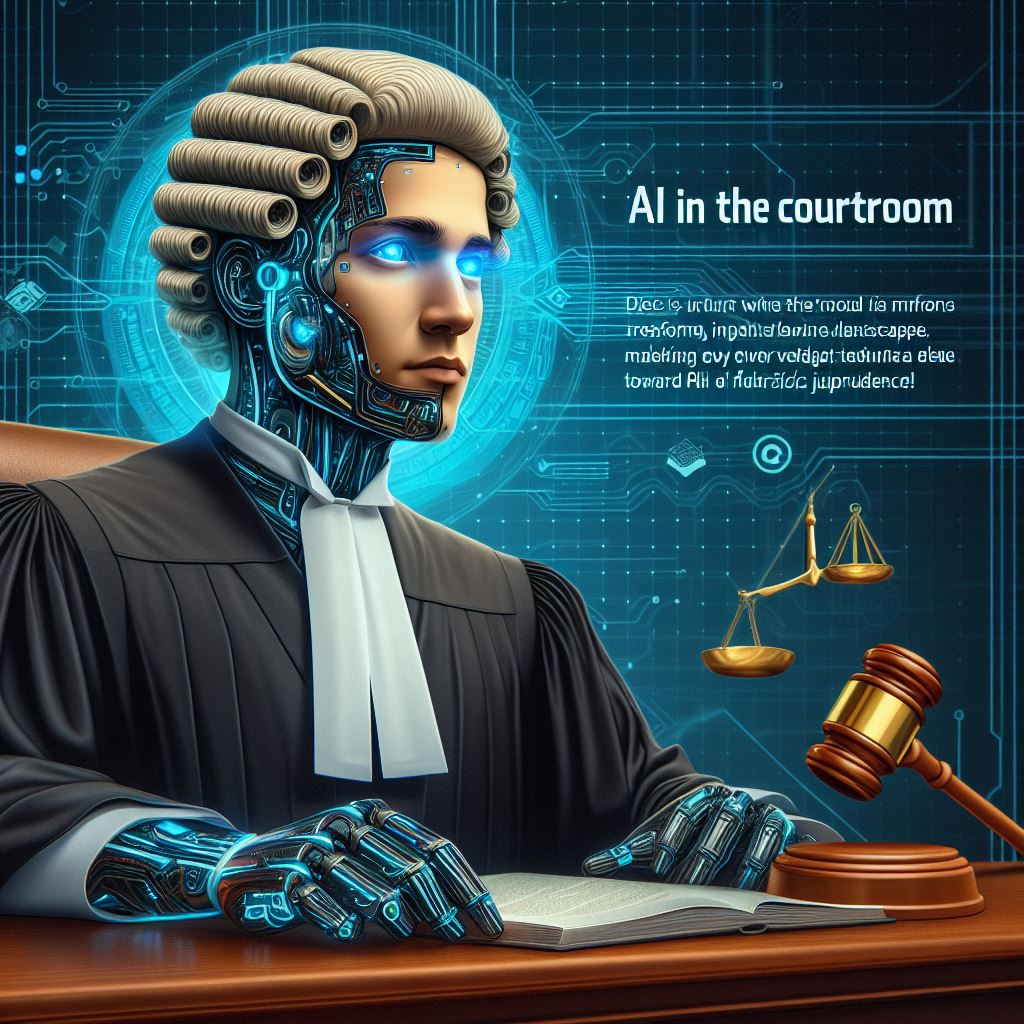
Welcome to the legal world. Today, this article explores the intersection of artificial intelligence (AI) and the legal landscape. Explore how AI impacts legal practice. From automating tasks to addressing complex legal questions, learn more about the innovation potential, and the challenges posed by generative artificial intelligence (AI). And the need for a legal framework to keep pace with technological advances. Dive into the evolving world of AI law and its implications for legal professionals and society.
For more in-depth insights, explore the article introducing AI law and its role in future legal practice.
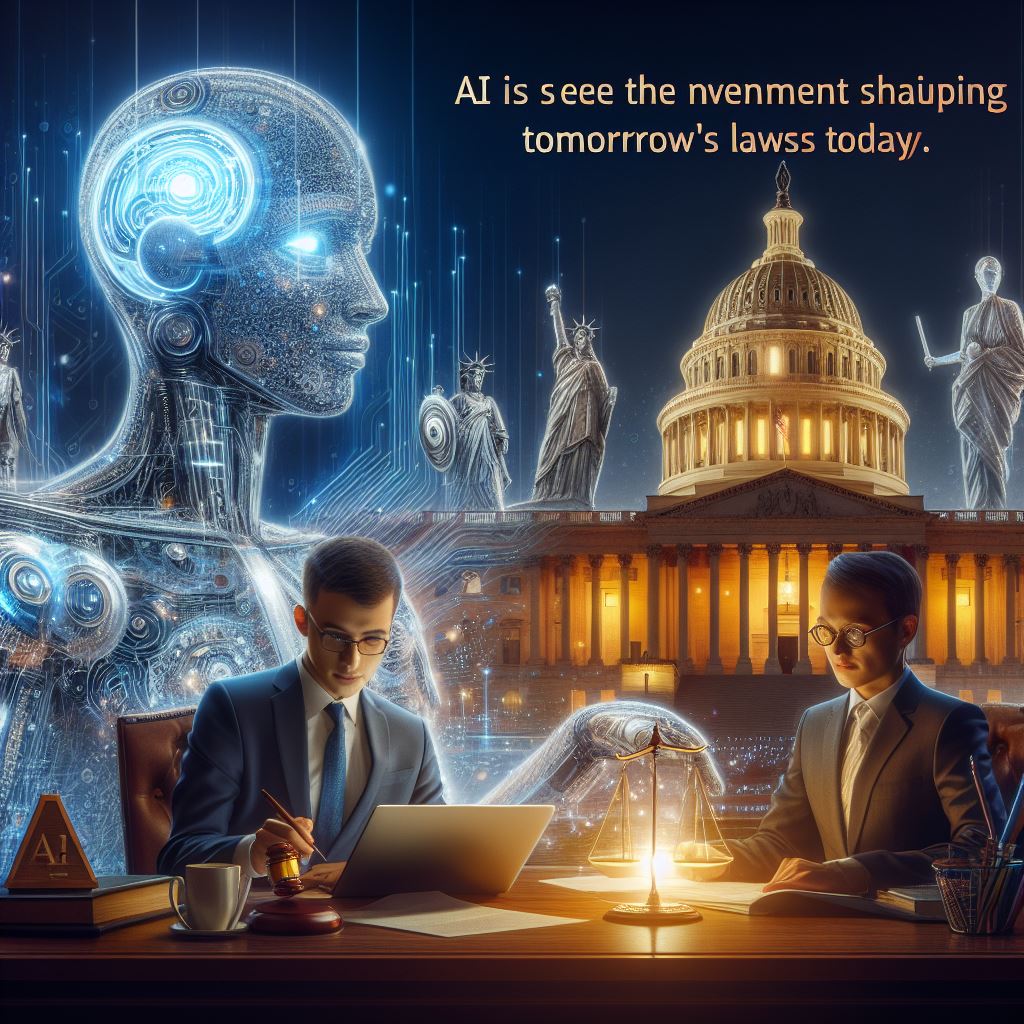
Today's topic is very interesting. Artificial intelligence (AI) has surprised the entire world with surprising results showing the benefits of its use and the pitfalls of its limitations.
As a result, governments in every country have had to formulate policies and laws regarding artificial intelligence (AI). In the world, countries like the United Kingdom (UK), United States of America (US), Canada, China, India, Australia, Germany, Japan, Brazil, Italy, the European Union (EU), and France have taken the initiative to formulate and implement laws and policies on artificial intelligence (AI) by creating policies and laws for the citizens and governments of their countries.
Admirable work has been done by prioritizing the purpose and need to protect rights and digital existence, which is truly commendable.
As generative AI models (like large language models) proliferate, they raise complex legal questions. For instance:
In this dynamic landscape, AI’s potential for innovation and upheaval demands thoughtful consideration from legal experts and policymakers alike
A Case Study Approach:
This study investigates the ethical use of Big Data and Artificial Intelligence (AI) technologies (BD+AI) using an empirical approach
It presents a multi-case study of ‘on-the-ground’ ethical issues across various domains.
By analysing findings from ten targeted case studies, it identifies common ethical concerns and compares them with existing literature classifications.
AI is transforming legal practice by providing data-driven insights.
Explore how AI can help legal professionals make informed decisions regarding case outcomes.
Understand the intricacies, benefits, challenges, and prospects of AI-driven legal analysis
These case studies demonstrate the transformative power of AI in the legal field.
Learn how AI can enhance efficiency, provide smarter insights, and optimize legal processes.
This special issue delves into the ethical, legal, and socio-political aspects of AI and law
The article covers perspectives from philosophy, theology, law, medicine, and computer science.
Gain insights into current debates and implications related to AI in the legal domain

Generative AI (artificial intelligence), which includes large language models like ChatGPT is advancing rapidly. However, this progress brings forth complex legal issues.
Mark Lemley, a legal scholar, raises concerns about AI causing harm. For instance, if an artificial intelligence AI model provides advice on terrorism, recipes for dangerous substances, or disinformation that harms reputations or incites violence, who should be held accountable?
The company running the (artificial intelligence (AI) may not deliberately cause harm, but they might not predict the AI’s responses.
As artificial intelligence (AI) outpaces legal and regulatory frameworks, judges and lawmakers face novel questions:
How should the law address harmful speech generated by Artificial intelligence (AI)? Which lacks First Amendment rights?
AI’s impact extends beyond liability. It also transforms legal practice.
Researchers in the fields of AI & law develop computational models for legal reasoning and argumentation. These models enable new tools for legal professionals.
As AI continuously evolves, legal practitioners must grapple with its potential benefits and risks.
In summary, the marriage of AI and law presents exciting opportunities and daunting challenges. Legal systems must adapt swiftly to navigate this brave new world.
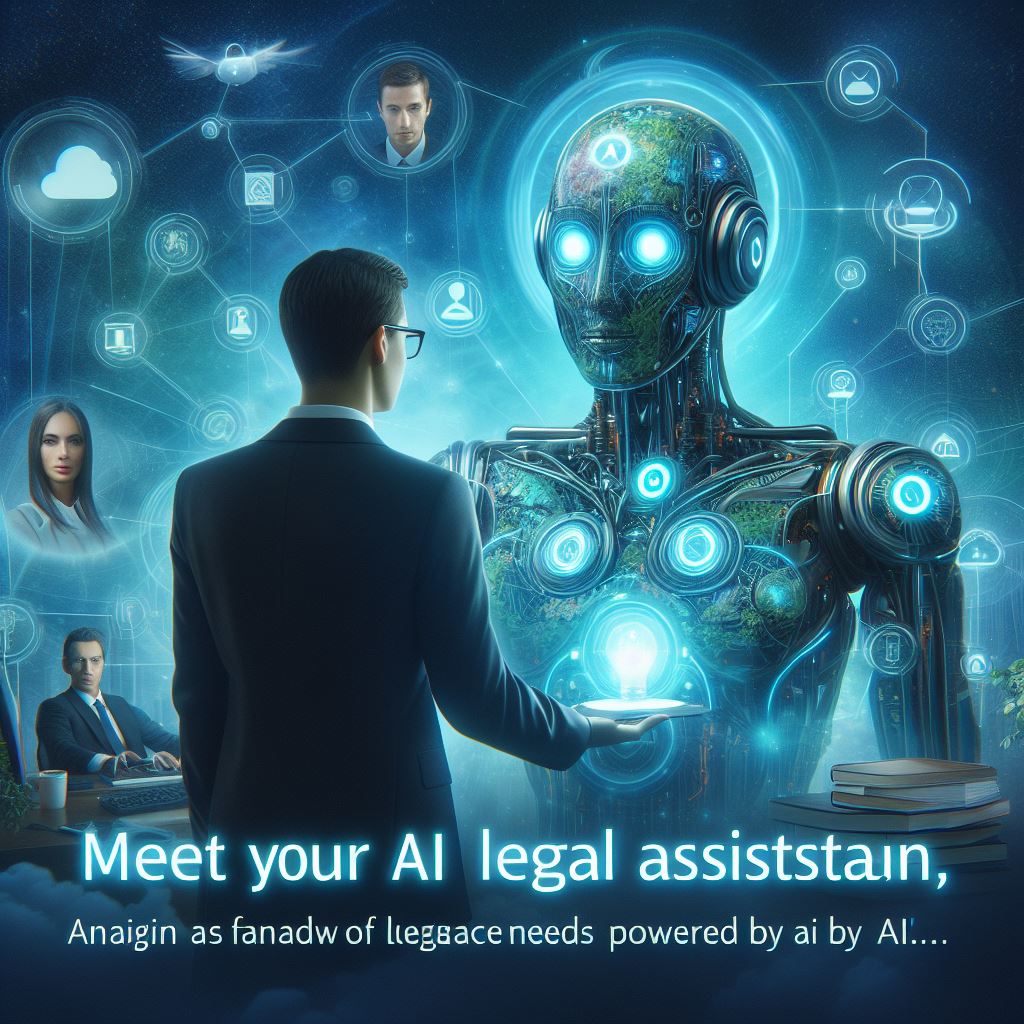
AI law is a critical field at the intersection of artificial intelligence (AI) and the legal domain. Let’s explore why it matters:
Judges and lawmakers face unprecedented issues:
Let’s explore some key areas within AI law:
Legal frameworks must adapt to address this novel challenge.
Greater exposure to AI is associated with higher employment in occupations when computer use is high. Workers with strong digital skills can adapt to and effectively use AI reaping its benefits.
Higher exposure to AI may lead to lower growth in average hours worked in occupations where computer use is low.
The adoption of AI could increase disparities between workers who can effectively use AI and those who cannot. Ensuring workers have the right skills for new technology is a key policy challenge.
When it comes to criminal liability, we must consider whether an AI system can satisfy the essential requirements:
This refers to the physical act or conduct that constitutes a crime. Can an AI system perform such acts?
The mental state or intent behind the act. Does an AI system possess intent?
Does the AI system have the cognitive abilities necessary for responsibility?
There are instances where an Artificial Intelligence system may engage in criminal actions without any human having planned or directed them. And, this raises questions about how the legal system should address this gap in criminal liability.
The future of AI Law is a captivating journey that intertwines technological advancements with legal frameworks. Let’s peer into what lies ahead:
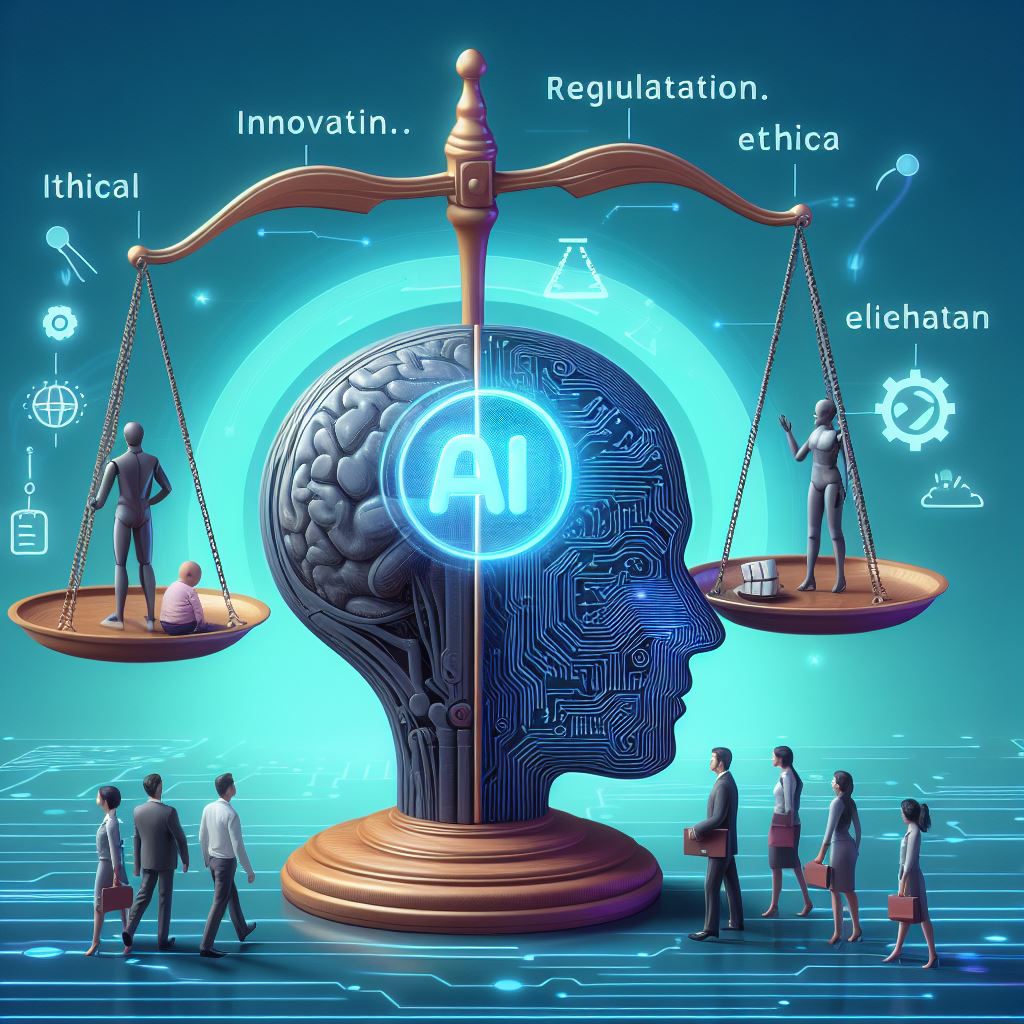
In the ever-evolving landscape of law and technology, the intersection of Artificial Intelligence (AI) and legal practice holds immense significance. As we conclude our exploration of AI law, several key takeaways emerge:
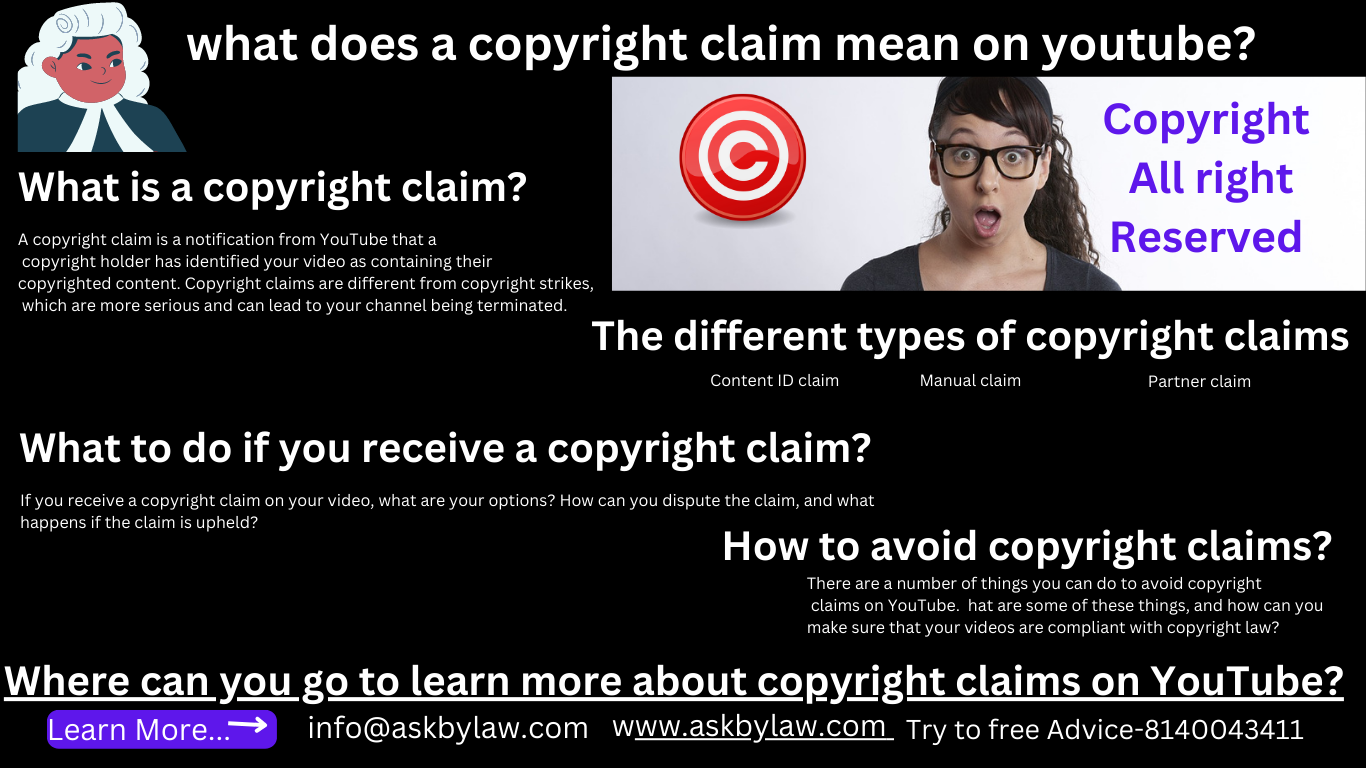
Basic summary of a copyright claim on youtube Have you uploaded some videoes to YouTube every day, only to find out that you have been sued by the copyright holder? If, the said has happened to you, know that you are not alone. And claiming copyright claims are a common occurrence on YouTube, and they…
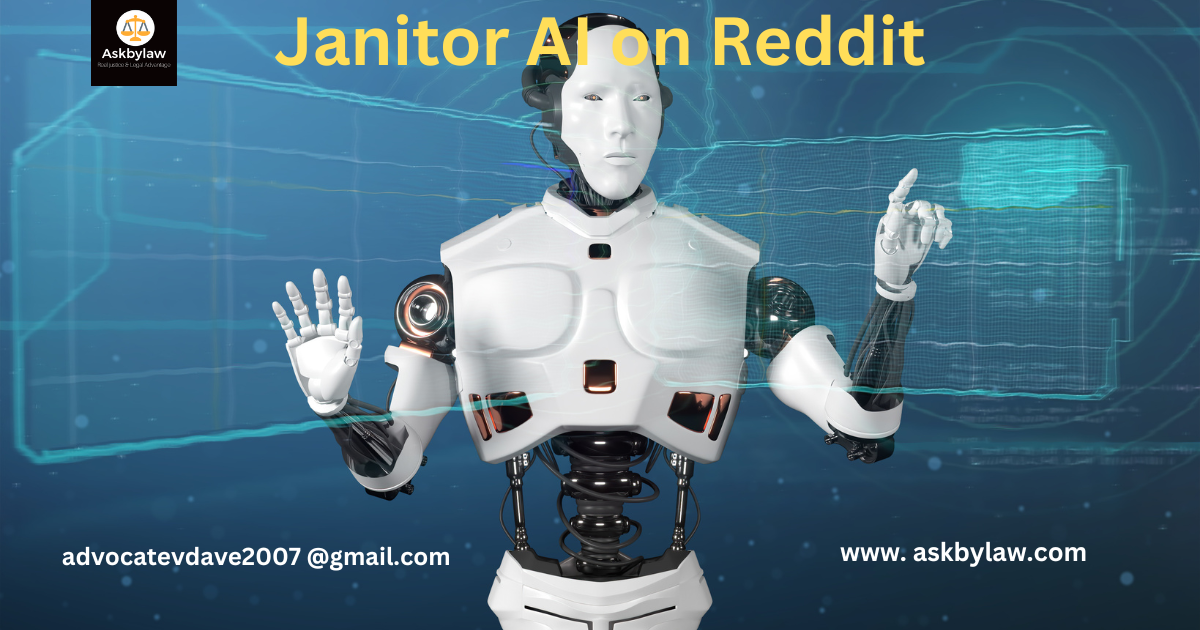
Discover the power of Janitor AI on Reddit Management 1. Introduction: Janitor AI on Reddit Today on this forum in the AI age we try to understand legal implications and other aspects with you on the topic "Janitor AI on Reddit". Although Janitor AI has started to be used on the Reddit platform so let's…
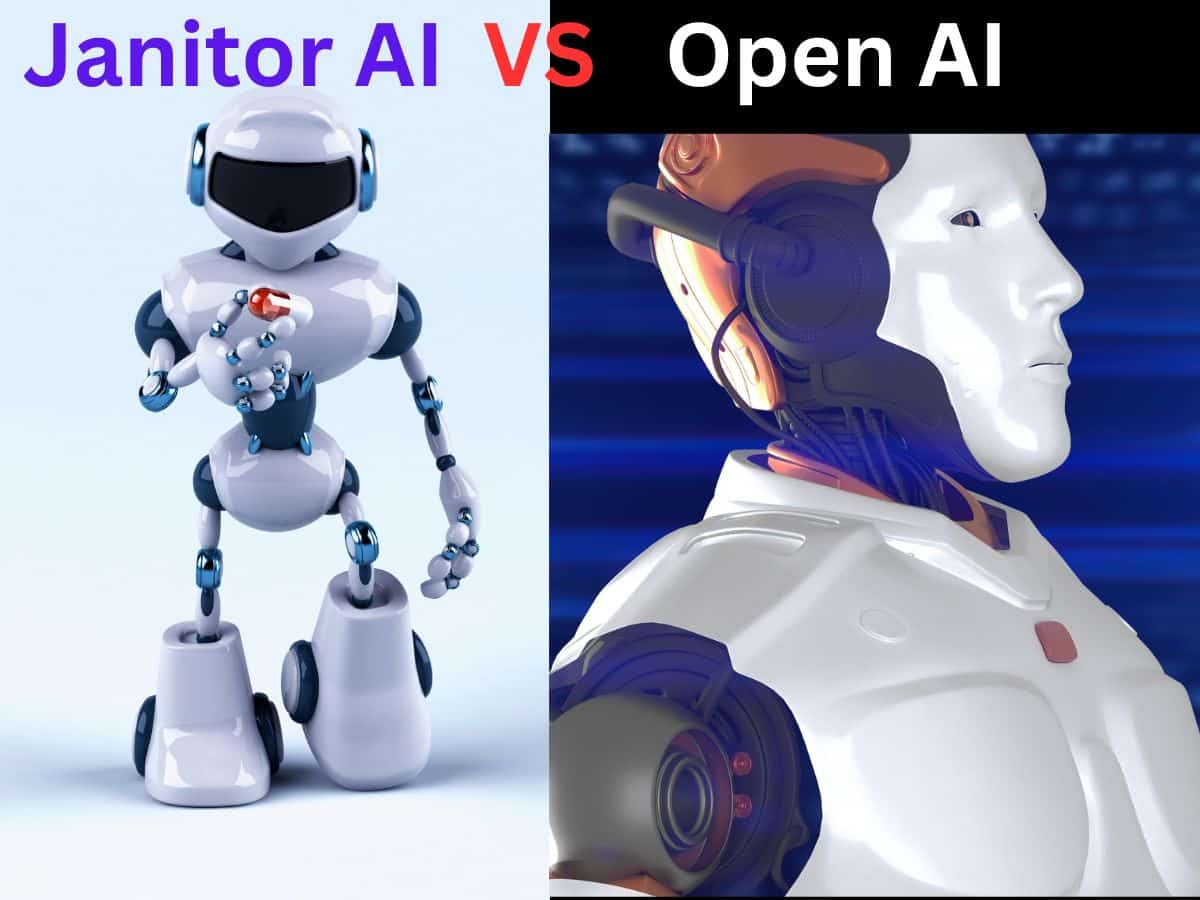
Legal insight: Janitor AI vs. Open AI 1. Introduction: Janitor AI vs. Open AI today I when thinking of the word AI, the concept of open AI versus revolutionary generative AI comes to mind. ChatGPT is also a much talked about concept in the world of AI. Janitor AI and Open AI are popular inventions…

AI trade secrets are a hotly debated topic and can also be called a solution to an emerging need. By checking the SWOT analysis and cost-benefit ratio of AI, it can be known that, shortly, we will understand the performance, future, uses, and limitations of this artificial intelligence (AI) and its commercial use in business.…
As per the foundations of the Bar Council of Bharat (India), Advocate Viren.S.Dave isn't permissible to solicit work and advertise. By clicking the “Agree” button and accessing this web site (www.asklbylaw.com) the user absolutely accepts that you just Maineasure seeking info of your own accord and volition which no kind of solicitation has taken place by me.The info provided below this web site is exclusively accessible at your request for information functions solely. It mustn't be understood as soliciting or advert. Advocate Viren.S.Dave isn't accountable for any consequence of any action taken by the user hoping on material / info provided below this web site. In cases wherever the user has any legal problems, he/she altogether cases should obtain freelance legal recommendation.